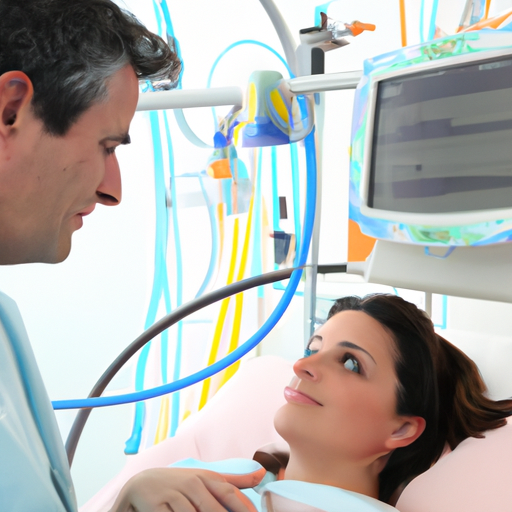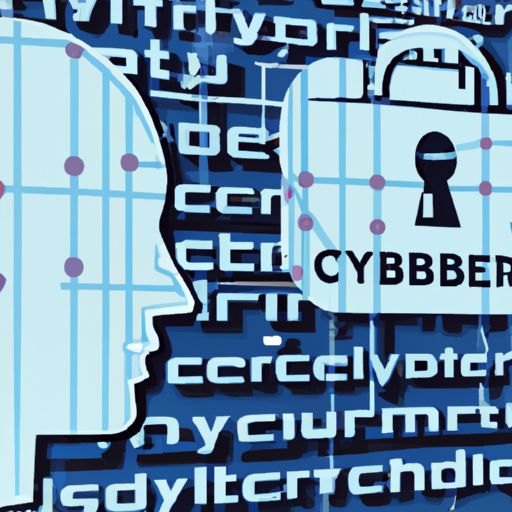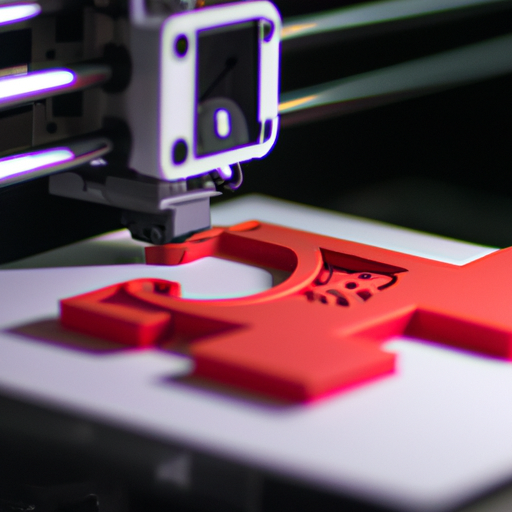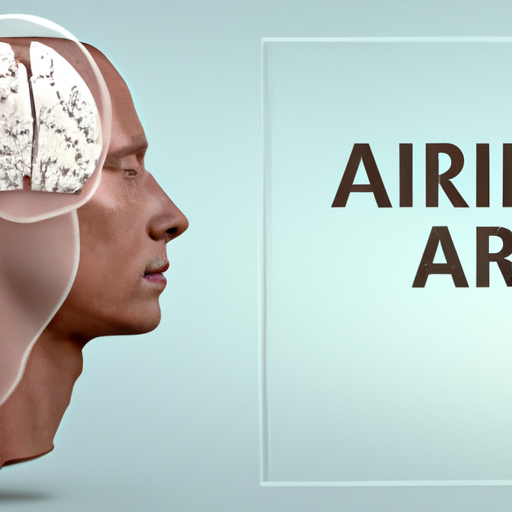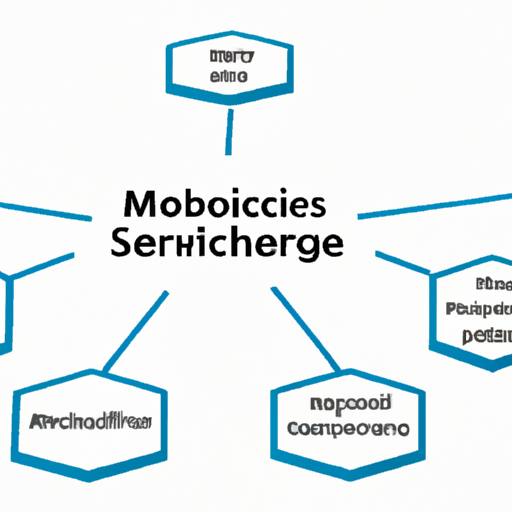In recent years, remote patient monitoring (RPM) has emerged as a game-changer in the healthcare industry, driven by advances in technology and the growing need for efficient patient care. This innovative approach allows healthcare providers to monitor patients’ health from the comfort of their own homes, offering a range of benefits that enhance patient outcomes and streamline healthcare delivery.
What is Remote Patient Monitoring?
Remote Patient Monitoring involves the use of digital technologies to collect and transmit health data from patients to healthcare professionals. This can include measurements like blood pressure, glucose levels, heart rate, and more, collected through wearable devices or mobile applications. RPM enables healthcare providers to keep a constant eye on their patients’ health, facilitating timely interventions when necessary.
The Benefits of Remote Patient Monitoring
- Improved Patient Engagement: RPM tools empower patients to take control of their health by actively participating in their monitoring and management. This results in better adherence to treatment protocols and healthier lifestyle choices.
- Enhanced Chronic Disease Management: For patients with chronic conditions like diabetes or hypertension, RPM allows for continuous monitoring, reducing the incidence of complications and hospital readmissions.
- Cost-Effective Care: By minimizing in-person visits and hospital admissions, RPM can significantly lower healthcare costs for both patients and providers.
- Timely Interventions: Real-time data transmission enables healthcare professionals to quickly identify potential issues and provide immediate care, improving overall patient safety.
Technological Innovations Behind RPM
The advancements in telehealth and healthcare technology have made RPM more accessible and effective. Technologies like wearable devices, mobile apps, and cloud computing play a crucial role in the seamless integration of RPM into healthcare practices. These innovations allow for easy data collection, storage, and analysis, making it easier for healthcare providers to track patient progress efficiently.
Challenges in Implementing RPM
While RPM offers numerous benefits, there are challenges to address, including:
- Privacy and Security: Protecting patient data is paramount, and healthcare providers must ensure that robust security measures are in place.
- Technology Access: Not all patients have access to the required technology or may struggle to use it, highlighting the need for user-friendly solutions.
Conclusion
Remote Patient Monitoring is undoubtedly transforming healthcare, enabling better patient care through technology. By embracing RPM, healthcare providers can enhance chronic disease management, reduce costs, and improve overall patient outcomes. As technology continues to evolve, the future of healthcare looks increasingly promising with the integration of remote monitoring solutions.
As we move forward, it will be essential for both healthcare professionals and patients to embrace these innovative tools, ensuring that everyone has the opportunity to benefit from improved healthcare delivery.
